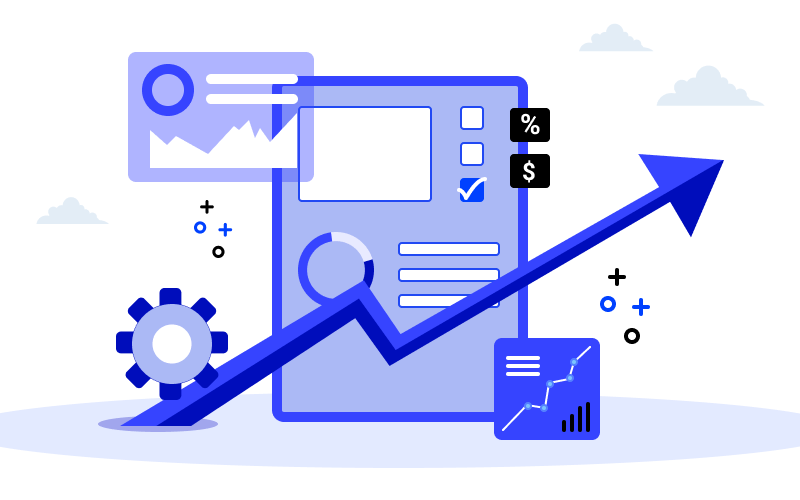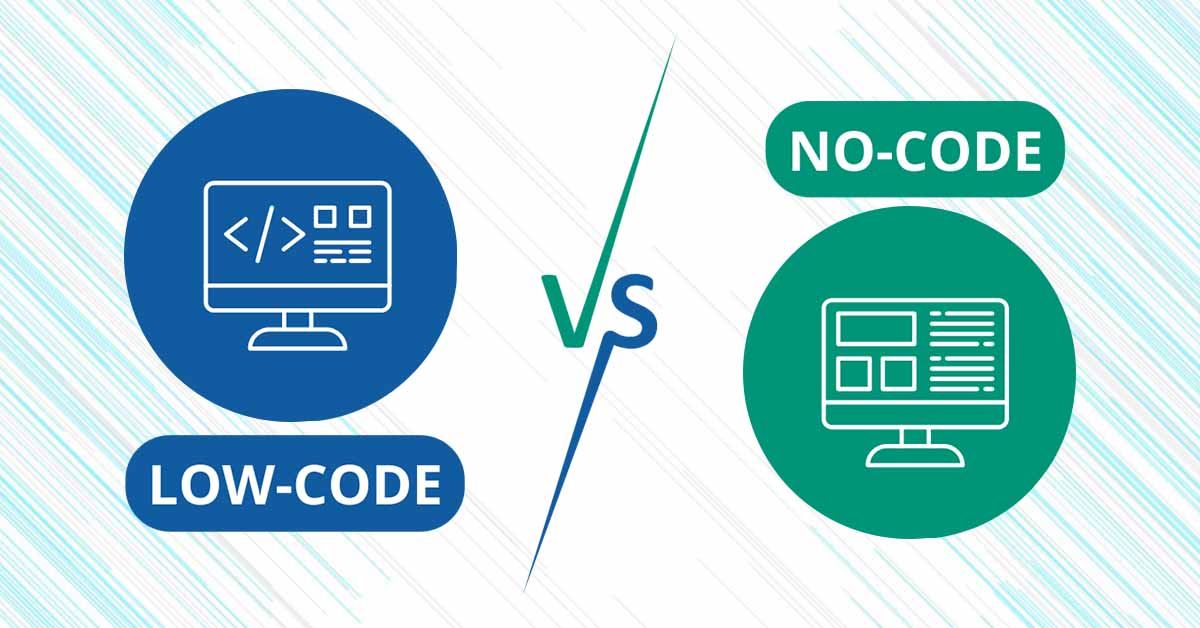The Importance of Core Web Vitals in Web Development

Introduction
In today’s digital landscape, building a beautiful website isn’t enough. If your site is slow or unstable, users will leave — and so will your search rankings.
That’s where
Core Web Vitals come in. These are Google's key performance metrics for how users experience your website in real time.
If you're building or managing a site in 2025, understanding and optimizing for Core Web Vitals is no longer optional — it’s essential.
1. What Are Core Web Vitals?
Core Web Vitals are a set of three user-focused metrics developed by Google. They measure page loading performance, interactivity, and visual stability. Here's a breakdown:
Metric-what It Measures-ideal Score Largest Contentful Paint (LCP)Loading speed — how long it takes the biggest visible element to load≤ 2.5 seconds First Input Delay (FID) (replaced by INP in 2024)Interactivity — how quickly a page responds when someone clicks or taps≤ 200 ms Cumulative Layout Shift (CLS)Visual stability — does the content shift around as it loads?≤ 0.1
In 2024, Interaction to Next Paint (INP) officially replaced FID. INP measures overall responsiveness of a page based on real user data — not just the first interaction.
2. Why Do They Matter?
a. Better User Experience:
Fast, stable, responsive websites make visitors stay longer, explore more, and trust your brand.
b. SEO Ranking Factor:
Google has confirmed Core Web Vitals are a part of its ranking algorithm. That means poor scores can hurt your position on search results.
c. Increased Conversions:
A one-second delay in load time can reduce conversions by up to 20%. Performance literally pays.
3. How to Measure Your Core Web Vitals
Here are free tools to get started:
- Google PageSpeed Insights – Get a detailed report of your site’s performance
- Google Search Console (Core Web Vitals tab) – Tracks your site’s real-world data
- Lighthouse (via Chrome DevTools) – Offers suggestions for fixes
- Web.dev – Google’s own learning hub for web performance
👉 Pro Tip: Always test both mobile and desktop versions. Google prioritizes mobile-first indexing.
4. How to Improve Each Metric
A. Largest Contentful Paint (LCP)
🛠 Fixes:
- Use fast, reliable hosting
- Optimize large images and videos
- Minify CSS and JavaScript
- Use lazy-loading for media
B. Interaction to Next Paint (INP)
🛠 Fixes:
- Reduce the use of heavy JavaScript frameworks
- Avoid long tasks in code execution
- Optimize event handlers
C. Cumulative Layout Shift (CLS)
🛠 Fixes:
- Always define image and video dimensions in the HTML
- Avoid inserting banners or ads above already-loaded content
- Use proper fonts and avoid late-loading web fonts
5. Core Web Vitals & JPA Web Services
At
JPA Web Services, we prioritize performance from day one.
We use speed-first frameworks, compressed media, and optimized code practices to meet or exceed Google’s benchmarks. Before launch, every site goes through
PageSpeed testing and
real-world usage simulations.
Why? Because we want your site to rank well, load fast, and impress visitors instantly.
6. Core Web Vitals = Future-Proof SEO
Core Web Vitals are not a trend — they’re part of the long-term roadmap for SEO.
Google wants developers to
build for users, not just for bots.
Optimizing these metrics helps you:
- Rank higher
- Improve bounce rates
- Create better mobile experiences
- Build trust through consistency and speed
Conclusion
In 2025, Core Web Vitals are a clear signal: performance is power.
If your site is fast, smooth, and stable, you’ll win in both user satisfaction and search rankings.
Don’t just build a good-looking site — build a high-performing one.
Not sure how your website scores?
Let
JPA Web Services run a
free Core Web Vitals audit for you.
Click here to request your audit now










